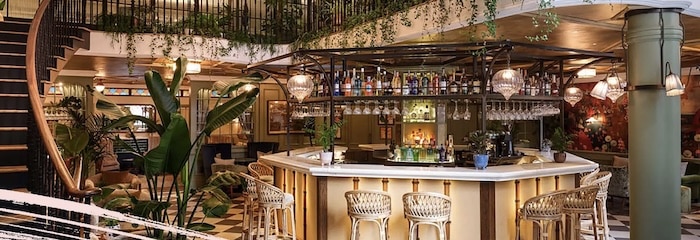
The history of private members’ clubs in London is a tale of evolution, exclusivity, and adaptation, reflecting the broader societal changes over the centuries. These clubs have been a microcosm of London’s social stratification, political affiliations, and changing cultural norms from their origins to the present day.
Here, we will explore the origin of private member clubs since their first days as coffee shops. We’ll delve into the creation of female member clubs and how modern society shapes these exclusive environments to become more inclusive and accessible to the general population.
Back in the Day: Coffee Houses and the First Clubs
It all kicked off in the 17th century, but not in the way you might expect.
Let’s turn the clock back even further. Here, we soak in the ambience of London’s coffee houses and the very genesis of private members’ clubs. This period is where our modern notion of networking, socialising, and even doing business over coffee (or tea) began to take shape.
The Coffee House Craze
Imagine London in the 17th century. A bustling, expanding city with the aroma of roasted coffee beans beginning to waft through its streets. Coffee houses first sprang up in the mid-1600s. By the 18th century, they were the beating heart of London’s social and intellectual life. These were not just places to enjoy a hot beverage; they were the original social networks. They were deep in political debate, business transactions, and literary discourse.
Coffee houses were the go-to places for news and information, predating the widespread availability of newspapers. They were hubs of gossip, rumour, and the occasional enlightened discussion frequented by writers, philosophers, politicians, and anyone who could afford the entry price—a penny, which often included access to newspapers and stimulating conversation.
From Coffee to Clubs
The transition from coffee houses to private members’ clubs was natural and inevitable. Private members’ clubs were planted as the social elite sought exclusive settings. They were free from the popular coffee houses’ harsh noise and crowded conditions. The emerging clubs offered elevated privacy, exclusivity, and comfort, becoming homes away from home for their distinguished members.
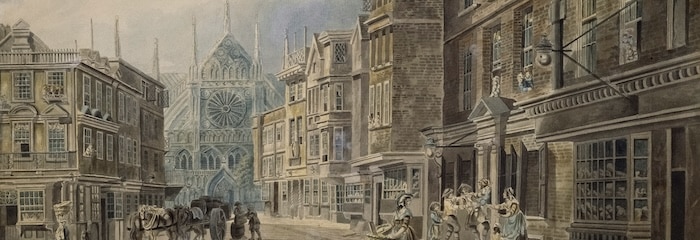
White’s, which started as one of these coffee houses, evolved into the private members’ club prototype. Established in 1693, White’s became known for its high-stakes gambling and notable membership, setting the standard for the following clubs.
Boodle’s and Brooks’s were similarly exclusive, catering to specific political or social groups. Boodle’s, known for its association with the Conservative Party, and Brooks’s, aligned with the Whigs, underscored how these spaces were not just about leisure but were pivotal in the political and social discourse of the time.
The Culture of Clubs
These early clubs were soaked in tradition and ritual, with strict rules and customs governing membership and behaviour. The nomination and election process ensured that only those deemed suitable by existing members could join. It preserved the clubs’ exclusive nature. Once inside, members enjoyed the luxury and comfort of the club’s facilities and the privilege of being part of a select community. They were bound by shared values, interests, and, often, socio-political goals.
A Reflection of Society
The evolution from coffee houses to private members’ clubs mirrored the changing social landscape of London. As the city grew wealthier and more diverse, these clubs provided a sanctuary for the elite to preserve their social networks, conduct business, and retreat from public life. They were a microcosm of London’s stratified society, reflecting and reinforcing the social hierarchies of the day.
A Scene of Their Own: The Rise of Women’s Clubs
So, the late 19th and early 20th centuries were buzzing with change. Women were making their voices heard more than ever before, and amidst all this social turmoil, they started carving out spaces for themselves in the form of private members’ clubs. These weren’t just any spaces; they were plush, exclusive spots where women of a certain independence and strength of mind could gather.

Women’s Clubs were close to the luxury shopping streets of Bond Street, Regent Street, and Oxford Street. Places like the Alexandra, Pioneer, Bath Club, and the Empress became the go-to haunts for women who weren’t just about the tea and chatter. They offered a blend of luxury and a forward-thinking spirit, where women could attend lectures, partake in educational programs, and even indulge in a smoking room if the mood struck.
More Than Just Socializing
But it wasn’t just about creating a female version of the men’s clubs. These women’s clubs had layers about empowerment, education, and carving out a niche in a society that was still pretty rigid about gender roles. They mirrored the grandeur of their male counterparts while pushing the envelope on what it meant to be a space for women. In a way, they were revolutionary, providing a haven for “strong-minded, independent women” and serving as a platform for social and educational advancement.
The Times, They Are Changing
Fast-forward a bit, and the landscape began to shift. The staunchly male bastions of private clubs had to reckon with the changing times post-WWI and WWII. Women weren’t just knocking on the doors but kicking them down. Major clubs began to admit women as guests and, eventually, as full members, marking a significant shift in the private club scene. Yet, some clubs held onto their men-only policies, a nod to tradition in a rapidly evolving social landscape.
The Evolution: Keeping Up with the Times
Let’s dive into the juicy evolution of London’s private members’ clubs in the modern era. It’s a story of adaptation, innovation, and a little “out with the old, in with the new,” but not entirely.
A Modern Makeover
By the time the 21st century rolled around, private members’ clubs in London began to feel the pressure to modernise, to shake off the dust of elbow patches. The goal? Stay relevant in a city that’s constantly reinventing itself.

These clubs started to morph into spaces about exclusivity and offering a unique, contemporary experience. Their goal was to become appealing to the new generation of movers and shakers, from millionaires to newly affluent millennials seeking something different from the traditional club vibe.
The New Club Experience
Imagine walking into a club that feels like a step into the future but with a nod to the classic charm. These places now offer everything from modern gyms and luxury spas to dining experiences crafted by top chefs.
And it’s not just about leisure anymore. The lines between work and play are blurred, with clubs providing dedicated workspaces for the digital nomads among us, complete with high-speed internet and coffee on tap. Networking doesn’t just happen in stuffy boardrooms anymore; it’s all about the casual bump-ins at the club.
The Social Scene Gets a Facelift
The social aspects of these clubs have also seen a major overhaul. We’re talking full exhibitions, lectures, concerts, and more programs. Dress codes? Those have been relaxed, too. Smart jeans and trainers are often the norm now, reflecting a broader societal shift towards casualisation in previously formal settings.
Enter the New Players
And then there are the newcomers, clubs that have challenged the notion of what a private members’ club can be. Take The House of St Barnabas, which transformed a former homeless shelter into a club with a cause, funnelling its profits into social programs.
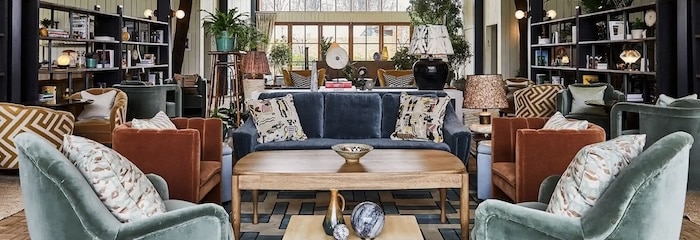
Or Soho House, the poster child of the club world’s expansion, morphing from a single house in 1995 to a global empire with branches worldwide. Each branch is tailored to the local vibe but united by the brand’s ethos of luxury and exclusivity.
The Future Is Now
What’s clear is that the private members’ clubs of London are no longer just about exclusivity based on social status or wealth; they’re about offering something unique that resonates with their members’ identities and needs. They’re spaces that blend the old with the new, tradition with innovation, and in doing so, they continue to write new chapters in the long history of London’s social scene.
What’s in Store?
As we look to the horizon, the future of London’s private members’ clubs appears bright and intriguingly unpredictable. These institutions now blend the richness of their past with the ever-changing landscape of modern life.
Adapting to the Digital Age
In an increasingly digital world, clubs are embracing technology as a tool for administration and as a core aspect of the member experience. From apps that allow for easy booking of rooms and events to virtual networking platforms fostering connections beyond physical spaces, technology is reshaping how members interact with their clubs and each other.
The challenge and opportunity lie in balancing this digital integration with the personal, intimate experience at the heart of the club ethos.
Sustainability and Social Responsibility
As societal values shift towards greater environmental consciousness and social responsibility, clubs are also pivoting. Initiatives ranging from sustainable dining practices to support for charitable causes reflect a broader trend of clubs seeking to contribute positively to the community and the world.
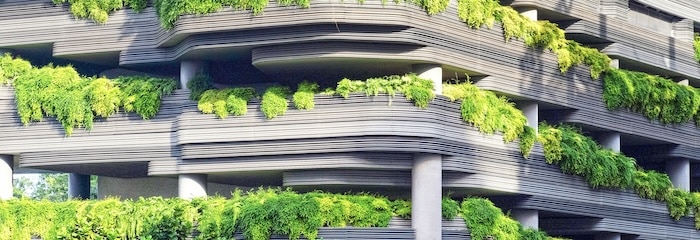
The House of St Barnabas is a prime example of using its platform to support social programs. This trend will likely deepen, with members increasingly drawn to clubs that reflect their values and offer a sense of purpose.
Expanding the Definition of Exclusivity
The concept of exclusivity is evolving. While traditional clubs may have prioritised social status or wealth, the new age of clubs recognises exclusivity in diversity, innovation, and unique experiences.
This could mean clubs catering to specific professional interests, lifestyle choices, or cultural pursuits, offering a tailored experience that draws members for prestige and personal or professional growth opportunities.
A Global Club Experience
Following the model set by entities like Soho House, the future may see more clubs expanding to offer a global experience, where membership in one club opens doors worldwide. This reflects a growing global mobility among the professional and affluent classes, who seek the familiarity of their club experience even when abroad. Such networks could redefine the club concept from a singular location to a global community.
The Challenge of Remaining Relevant
The greatest challenge for clubs moving forward is to remain relevant and appealing across generations. This involves adapting to changing tastes and expectations and actively anticipating and shaping them.
Clubs that balance honouring their heritage and embracing change will likely thrive. They will become dynamic spaces that continue attracting diverse and engaged membership.
The History of Private Members’ Clubs in London
The history of private members’ clubs in London is truly fascinating.
London’s social clubs have evolved remarkably from the humble beginnings of the 17th-century coffee houses to today’s sophisticated, diverse private members’ clubs. These institutions have transitioned from exclusive enclaves for the elite to dynamic spaces that reflect the city’s changing social, political, and cultural landscape.

Starting as vibrant hubs for debate and networking in coffee houses, these social spaces laid the groundwork for what would become the private members’ clubs. Establishments like White’s, Boodle’s, and Brooks’s emerged, epitomising exclusivity and setting a precedent for future clubs. As society evolved, so did the role of women. This led to the founding of ladies’ clubs in the late 19th and early 20th centuries. It challenged the male-dominated status quo and provided a space for empowerment and social advancement.
The late 20th and early 21st centuries marked a significant shift. Now, clubs are diversifying their offerings to cater to a broader, more inclusive membership. Contemporary clubs blend their predecessors’ luxurious and opulent traditions with modern amenities, reflecting the 21st-century culture. Today, these clubs serve as multifunctional spaces where leisure, work, and social networking intersect. This makes them more appealing to a new generation of members.
Looking ahead, the trajectory of London’s private members’ clubs suggests a continuous adaptation to the digital age. It also shows a deeper commitment to sustainability and social responsibility and an ever-expanding definition of exclusivity. As these clubs navigate the challenges of remaining relevant while honouring their heritage, they promise to remain integral to London’s social life.
Currently Featured
From Michelin Excellence to the Roux Brothers and Pierre Koffmann, Chef Sameer Taneja’s Benares: A Journey Back Home

What a journey this guy’s been on. I had the chance to sit down with Chef Sameer Taneja, the executive chef at Benares in Berkeley Square. You’d expect a Michelin-starred chef with his CV to be all puffed up with self-importance, but not Sameer. He’s not the type to humble brag with his hand earnestly resting on his chest, telling you ‘how grateful and humbled’ he is in that way that makes you cringe. No, […]
Blue Marlin Ibiza Club London

Blue Marlin Ibiza Member’s Club in London is part of the club’s extensive portfolio. Known for its elegant beach clubs in Ibiza and other international locations, Blue Marlin is a reference for luxury and the joy of celebrating life’s pleasures. Located at the Mondrian Shoreditch on Curtain Road, their London venue is a slice of Ibiza’s famed party atmosphere in the East End. The Blue Marlin Ibiza in London aims to create a haven of […]
Mosimann’s – A Look Inside London’s Famous Members Restaurant
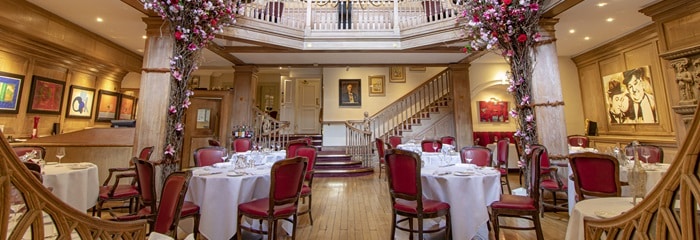
When one utters “Darling… I’m just popping in for a spot of lunch at a luxurious dining restaurant in Belgravia that catered to both Harry and William’s wedding; it has John Major, John Cleese and a long list of actors, writers, and politicians as regulars too. The rub is that you must be a member to even order a starter, and it catered for the Olympics, US presidents and some of the most powerful people […]


